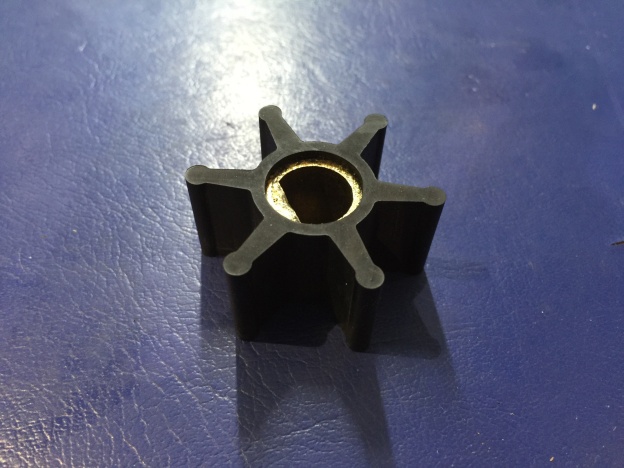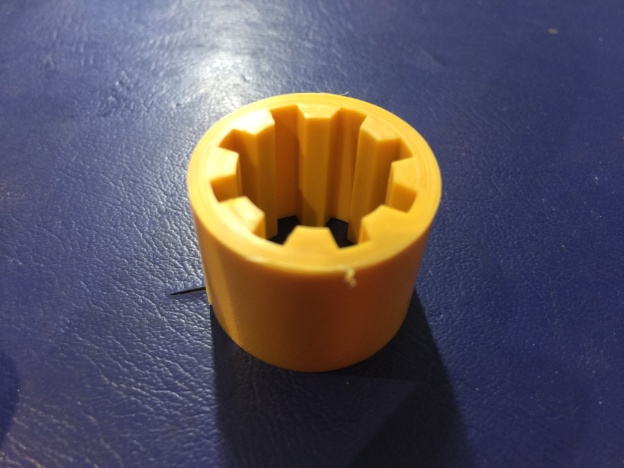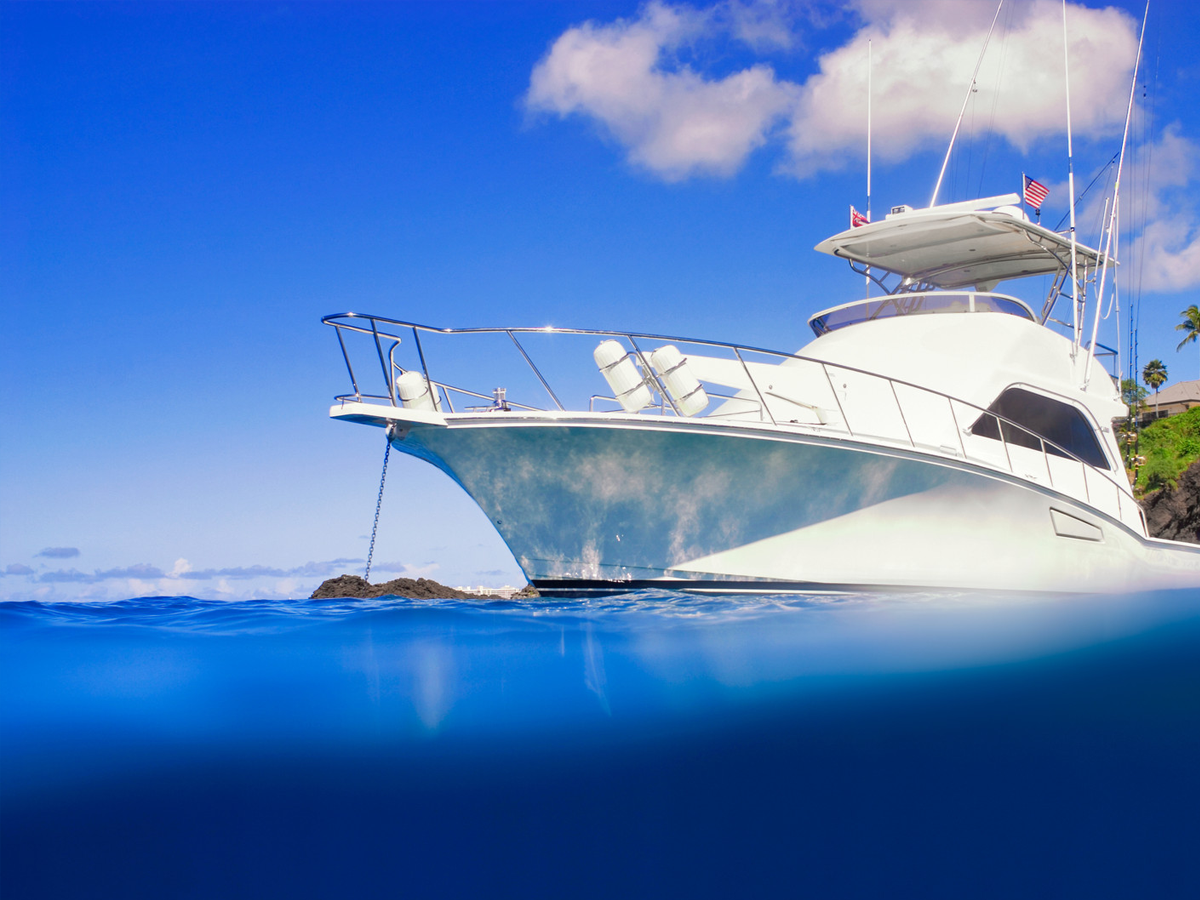It’s one of the most frustrating experiences in a boat-owner’s life: you finally get a chance to take a day off and get the boat out on the water for some relaxation, and the genset (generator) suddenly stops functioning – no more water pumping through to cool the engine. Spending a day fixing the genset really isn’t on your ‘things I’d like to do today’ list. So what can you do to make your life as easy as possible?
Diagnosing the problem
Generally when the genset stops pumping seawater, it’s the impeller at fault. This is an issue that we see often in the gensets. Impellers are usually replaced at every service – so if your genset has been serviced recently, that’s unlikely to be the issue.
Image below: Genset Impeller

Another possible point of failure with some brands of genset, is the drive sleeve, located behind the seawater pump. These harden and become brittle over time, but because the hardening is difficult to detect, they’re generally not checked during services. Once hard and brittle, it’s only a matter of time until the drive sleeve will break.
Image below: Genset Impellor Drive Sleeve

Solutions
One of the best protective measures you can take is to have your boat serviced regularly. This will decrease the chances of problems developing out on the water, including impeller issues.
However, a broken drive sleeve can be replaced while out on the water. Always keep a spare on the boat – and another spare at home doesn’t hurt! If you don’t have a spare drive sleeve, call Jon in our parts department – he’ll be happy to send one out to you.
If your genset is getting old, always keep a spare on hand just in case – or bite the bullet and have it replaced at the next servicing.
Summary
Murphy’s Law often kicks in when it comes to boats. Limit what can actually go wrong by ensuring that your boat is serviced regularly and that you’re carrying spares of important parts that can be replaced while the boat is in the water.



